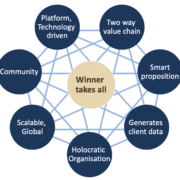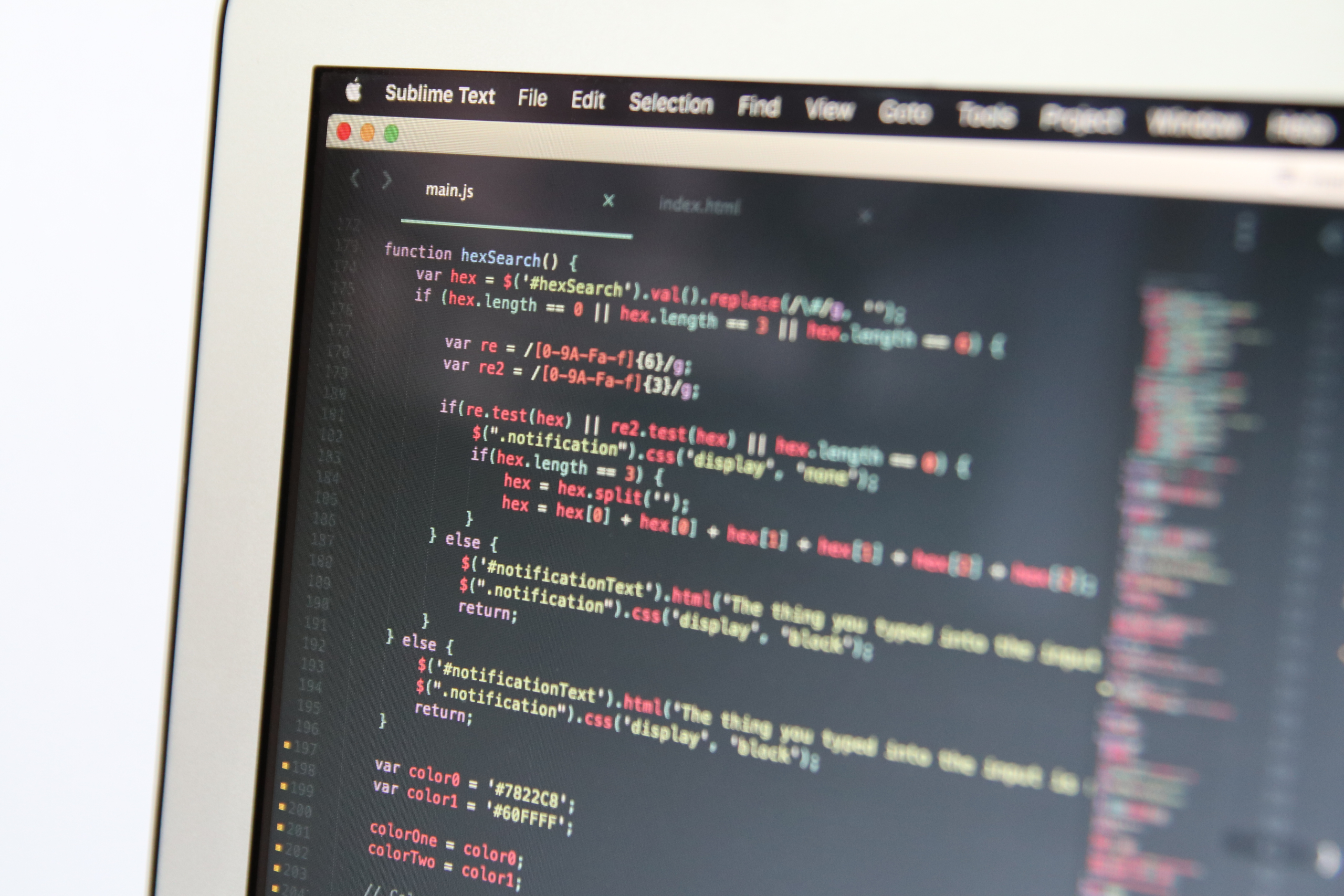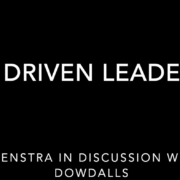Our world is not just mirrored in a data world – it’s being driven by it
Nine of the top 10 currently most valuable companies in the world are technology majors, Tesla is already worth more than the next nine major car manufacturers combined, Apple is worth more than the entire FTSE 100. Unicorn startups such as Revolut, Klarna and Adyen are disrupting financial services whilst innovative rising stars disrupt other sectors as varied as car rental (Car2Go and Greenwheels) and Accommodation (Booking and AirBnB).
For any business trying to market itself on internet, it is difficult to surpass the power of Google’s AdWords. Buying a car? Check out the market on a car trading app. Get recognised as a professional? You need to be on LinkedIn. In fact, in almost every sector of the economy, from government, security and military, to financial services, manufacturing, healthcare and telecoms – a new type of business model has arisen which is changing the rules of competition. Once established this new model is very difficult to compete against – as many traditionally organised businesses have discovered.
What exactly is this new business model and why has it emerged?
Let’s start by setting some context. Around 2015, the rise of a new model was becoming all too evident in the valuations of Technology players who replaced traditional businesses in the ranks of the most valuable companies in the world. By 2018, Apple broke through the magical barrier of $1trillion value and was quickly followed by Microsoft, Alphabet (Google) and Amazon.
The World Economic Forum describe this as the 4th Industrial Revolution – we have progressed from the 3rdIndustrial Revolution – driven by hardware (microchips) and software – to a new revolution driven by one key factor: data.
Our physical world is being mirrored in a parallel world of data. The geography of our world, most of the tangible objects that exist in it, intangibles such as our relationships and movement, money and financial assets, all businesses, our homes, our jobs, and even our own existence including everything that we do and our psychological profile – this is all now represented in a world of data!
What’s more, the companies who leverage that data are changing the physical world – the Covid-19 pandemic demonstrated this very clearly – we forecast the rise of the pandemic with data and took measures to shut down many business activities, we analysed the spread of variants using data to assess their impact and the vaccine has been developed using models of how our genes will adapt to resist the effect of Covid. We now have a “feedback loop” from the data world which is changing the physical world.
A new business model is changing our world
The key to understanding the new business model is to understand this feedback loop which is now in place between our physical world and the data world – and how a number of businesses are organised around it. I will call it the Data Driven or Platform business model and describe it briefly here.
- The first aspect to recognise is that the model is based around a platform that primarily uses technology, rather than buildings or physical presence. For example, AirBnB uses a website with advanced technical features to communicate properties to consumers whilst also enabling rating of both the landlord and the tenant.
Many cases of this model bring demand and supply together on the platform and can dominate a market without owning any of the physical assets that are central in that market as AirBnB demonstrates by being a dominant accommodation provider without owning any accommodation. - A broad community is created around the use of the platform, becoming itself a differentiator as LinkedIn demonstrates. The value of LinkedIn is that it has a very high penetration of the professional community – and if you wish to build a network, then you need to be on LinkedIn where your network can be built. This is referred to as the network effect.
- The platform is scalable at marginal cost leveraging technology with a minimum of manual activity or processing. Extra users do not require extra employees – have you interacted with anyone from Google lately?
- A Holocratic Organisation enables (fast) growth, often using non-traditional, team oriented structures. Gone are fixed hierarchies and power bases – the organisation is designed to respond to trends and adapt.
- Now comes the key part – the model generates client data systematically through the use of the platform. The platform and its features are designed to seek, illicit, capture, methodically label and share data. Most users have no idea of the accuracy, volume, invasiveness or power of their own data.
- This data is used to create value adding features for the users and for the provider. We now see smart propositions such as navigation with Google or self-driving by Tesla which can only be offered through the use of this platform model.
- The model creates a flywheel effect as increased insight triggers new searches for data. This has led to the creation of multiple value chains on a single platform which is a clear evolution of the Porter type thinking where the value chain was unidirectional.
Implications?
Every business manager, board and supervisory executive, and professionals in government, business and not for profit organisations should take heed. This new business model is the blueprint for organisational design and business strategy. When established this model is a “winner takes all” story – as we observe in the stock markets and key sectors of the economy already.
To find out more, check out our Data Driven Business Foundation learning path which guides you through the relevant changes in the economy and the key features of the Data Driven Business model.









